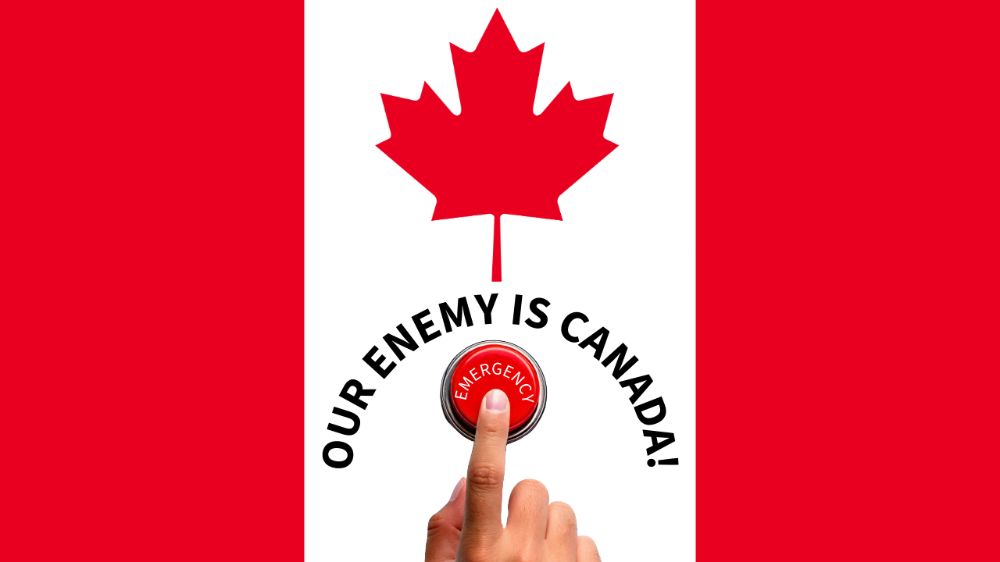What Is the International Emergency Economic Powers Act (Ieepa)?

The International Emergency Economic Powers Act (IEEPA) is a powerful U.S. law that gives the president authority to respond to threats against the nation. It has played an important role in protecting national security, foreign policy, and economic stability since its creation. Let’s break it down into key points to understand what it is, why it exists, and how it has been used.
1. The Origin of the IEEPA
The IEEPA was signed into law by President Jimmy Carter in 1977. Its creation was part of a broader effort to regulate and clarify the president’s emergency powers. Before this, presidents had relied on older laws that lacked clear guidelines, such as the Trading with the Enemy Act of 1917, which was originally intended to address wartime threats.
Congress realized that many of these emergency powers were outdated or too broad for peacetime situations. The IEEPA was introduced to give presidents a modern tool for dealing with unusual and extraordinary threats that arise during peacetime but still require swift and decisive action.
2. Why Was the IEEPA Created?
The IEEPA was created to address situations where the United States faces threats from foreign sources, but not necessarily in a war or combat scenario. It recognizes that national security threats often go beyond military conflicts and can come from economic instability, cyberattacks, terrorism, or other challenges originating outside the U.S.
The law allows the president to act quickly to mitigate these threats by:
- Regulating or blocking foreign economic transactions.
- Freezing the assets of foreign entities or individuals.
- Imposing trade restrictions, sanctions, or tariffs.
These powers help protect the U.S. from external dangers that could harm its economy, foreign relations, or overall security.
3. Examples of How the IEEPA Has Been Used
Over the years, the IEEPA has been used in various situations to protect the U.S. Here are some examples:
Iran Hostage Crisis (1979)
Shortly after the IEEPA was passed, it was used during the Iran Hostage Crisis. When 52 American hostages were taken at the U.S. Embassy in Tehran, President Carter froze Iranian assets in the United States to pressure the Iranian government.
Sanctions Against Terrorist Groups
The IEEPA has been used to impose sanctions on individuals and organizations involved in terrorism. For example, after the 9/11 attacks, the U.S. froze the assets of groups tied to Al-Qaeda to disrupt their funding.
Cybersecurity Threats
In recent years, the IEEPA has been invoked to address cybersecurity threats. For instance, sanctions have been placed on foreign companies accused of hacking U.S. systems or stealing intellectual property.
North Korea
The IEEPA has been used to enforce sanctions on North Korea for its nuclear weapons program, targeting its financial institutions and trade partners to cut off funding for the program.
4. How the IEEPA Could Be Used to Justify Tariffs Between Friendly Nations
One of the most notable aspects of the IEEPA is its broad scope. While it is often used to target hostile countries, it can also be applied to address threats involving friendly nations if the situation meets the criteria of "unusual and extraordinary threats."
Here’s how it works:
1. National Emergency Declaration
The president must first declare a national emergency under the National Emergencies Act. This can be done through a formal proclamation, explaining the nature of the threat.
2. Defining the Threat
The threat must originate, at least in part, from outside the U.S. It can involve national security, foreign policy, or economic concerns. For example, a spike in drug trafficking, illegal trade, or cybersecurity risks involving a friendly nation could qualify.
3. Imposing Economic Measures
Once the IEEPA is invoked, the president can impose economic measures like tariffs, even on imports from an allied country. The justification would be that these actions are necessary to protect the U.S. from the identified threat.
Hypothetical Example: U.S. and a Friendly Nation
If a country like Canada or the UK were found to be the source of a significant economic threat—such as money laundering, drug production, or security breaches—the president could invoke IEEPA to impose tariffs or restrict trade. Even though these are allied nations, the law focuses on addressing the threat, not the relationship.
This aspect of the IEEPA has made it a versatile and sometimes controversial tool, as it allows the U.S. to act decisively, even in complex international relationships.
PDF of The 67 American Products to Boycott If Tariffs Against Canada Are Implemented
How to Boycott 67 US Products to Combat Tariffs Against Canada
How To Replace 67 American Products You Use With Canadian Products

